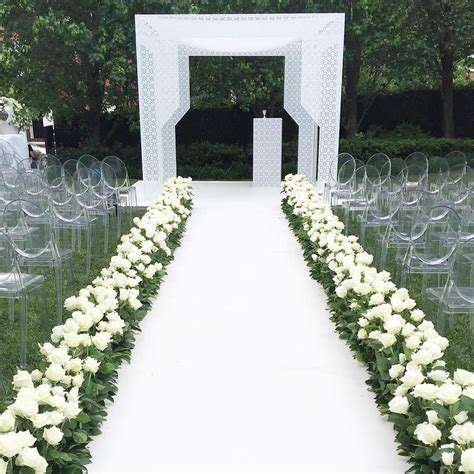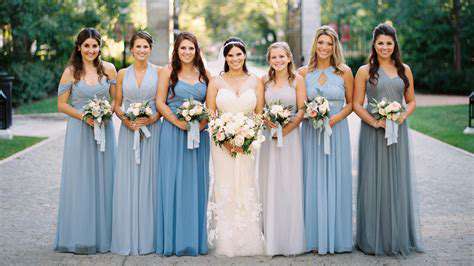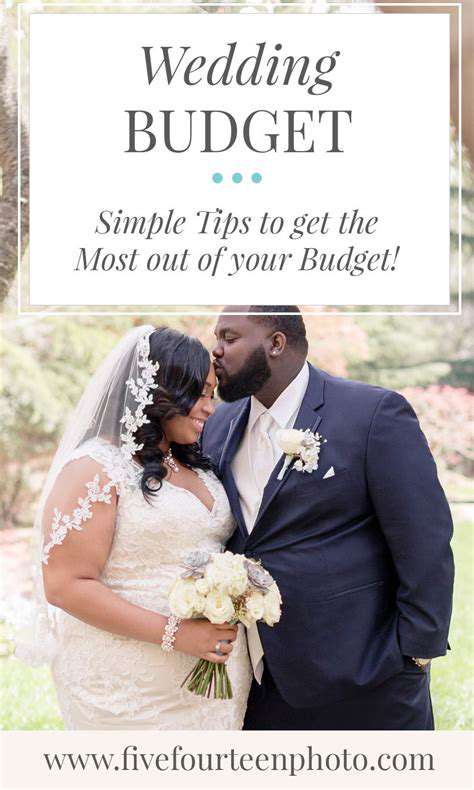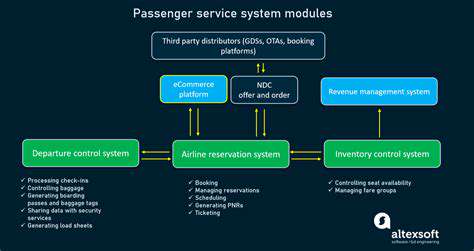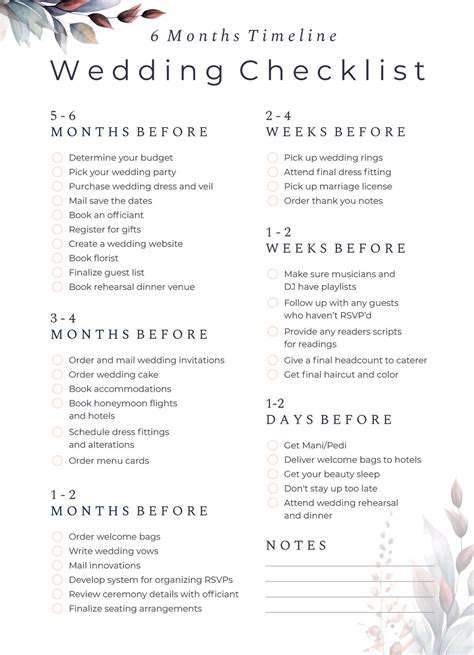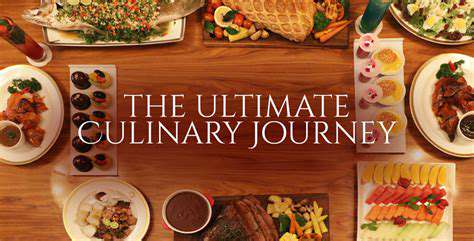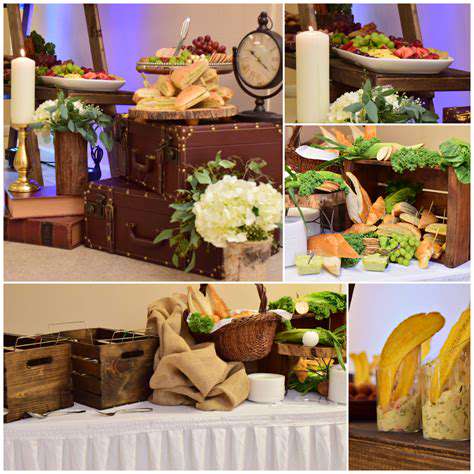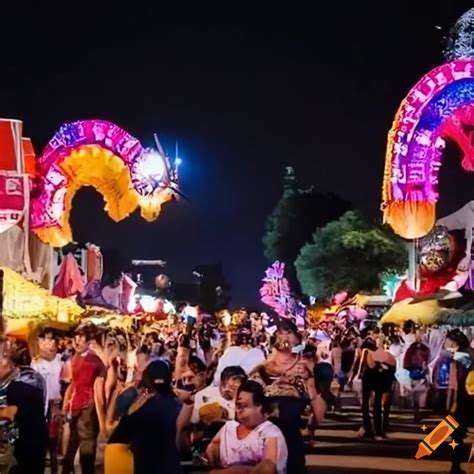Tips for Stress Free Wedding Day Planning
Estimating Your Wedding Costs
When breaking down expenses, go beyond the obvious categories. Sure, venue and catering are major line items, but have you considered marriage license fees, transportation costs, or gratuities? Many couples underestimate these hidden expenses. A good rule of thumb is to add a 10-15% buffer to your initial estimates to account for unexpected costs.
Prioritizing Expenses
This is where many couples find the most tension - and opportunity. Sit down together and create a must-have list separate from your nice-to-have items. You might be surprised how differently you each view certain elements. Maybe one of you cares deeply about photography while the other prioritizes live music. These discussions can actually strengthen your relationship if approached with openness.
Creating a Detailed Budget Spreadsheet
Your wedding budget spreadsheet should be a living document, not something you create once and forget. I recommend using color-coding - green for paid items, yellow for pending payments, red for overdue. Include columns for estimated cost, actual cost, payment due dates, and vendor contact information. This might seem obsessive, but you'll thank yourself later.
Tracking and Adjusting Your Budget
Set a regular budget review schedule - perhaps every Sunday evening. The most common mistake is waiting until you're over budget to make adjustments. If you notice floral costs creeping up, maybe you can balance it by simplifying your centerpieces. Flexibility is key, but it requires consistent monitoring.
Building a Financial Safety Net
That 10-15% contingency fund we mentioned earlier? Treat it like an emergency fund - only for true surprises, not for upgrading your chair covers at the last minute. Common unexpected costs include weather-related adjustments, vendor cancellations, or additional guest accommodations. Having this buffer will let you handle surprises without panic.
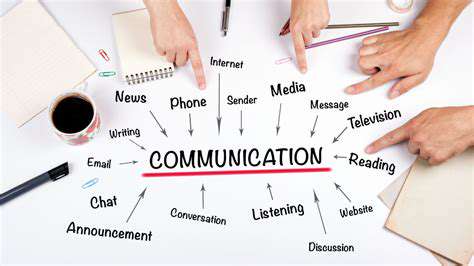
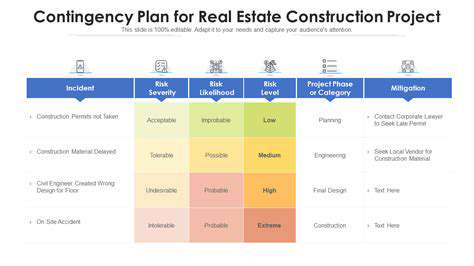
Time Management and Organization are Crucial
Effective Scheduling
Instead of generic plan wedding blocks in your calendar, get specific with actionable tasks. For example: Tuesday 3-4pm - compare three florists' proposals or Saturday 10am - finalize ceremony music with DJ. This level of detail prevents procrastination and makes overwhelming projects feel manageable.
Prioritization Techniques
Try the 1-3-5 rule each week: 1 big task (book venue), 3 medium tasks (select invitations, schedule cake tasting, confirm bridesmaids' dress orders), and 5 small tasks (order marriage license, create wedding website, etc.). This balanced approach prevents burnout while ensuring steady progress.
Delegation and Support System
When assigning tasks, play to your team's strengths. Your detail-oriented sister might excel at managing RSVPs, while your creative friend could help with decor. Provide clear instructions and deadlines, but resist micromanaging. People want to help - let them!
Utilizing Planning Tools
Beyond standard wedding apps, consider project management tools like Trello or Asana. These allow you to create shared boards with your partner and vendors, track progress, and store important documents. The right digital tools can cut planning time by 30% or more while reducing miscommunication.
Setting Realistic Expectations
Remember: your wedding needs to be meaningful, not perfect. That centerpiece might not look exactly like the Pinterest photo, and that's okay. What guests will remember is the joy and love they felt, not whether your napkins matched the exact Pantone color you selected.
Budgeting and Financial Management
Create a separate wedding bank account if possible. This makes tracking expenses infinitely easier and prevents accidental overspending. Consider using cash-back credit cards for major purchases (paying them off immediately), as those rewards can help offset other costs.
Time for Self-Care
Schedule wedding-free time each week - no planning talk allowed. Your relationship didn't start with wedding planning, and it shouldn't be consumed by it. Regular date nights (with a no-wedding-talk rule) will help maintain perspective during this intense period.
